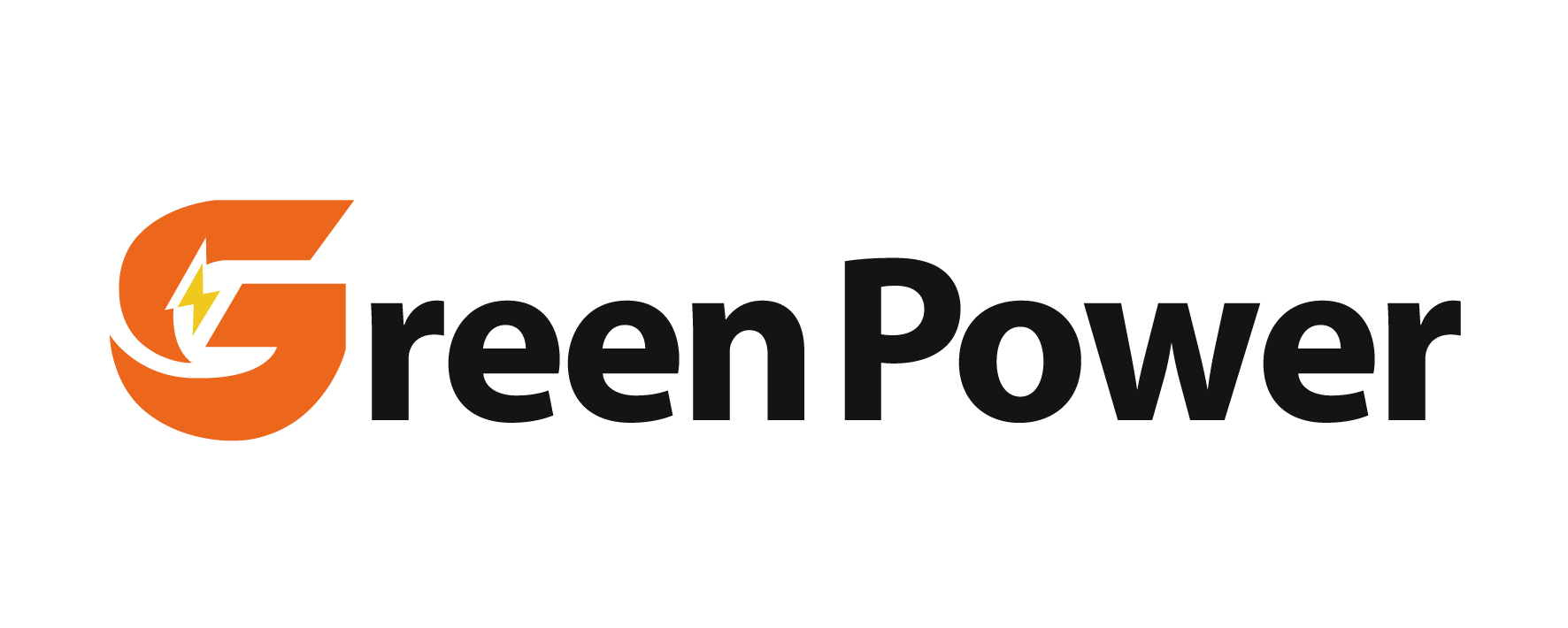lead acid battery and lithium ion battery
Lead acid batteries and lithium-ion batteries represent two fundamental technologies in energy storage solutions. Lead acid batteries, first invented in 1859, utilize a chemical reaction between lead plates and sulfuric acid to store and release energy. They feature a robust design with lead dioxide as the positive electrode and lead as the negative electrode, suspended in an electrolyte solution. These batteries are widely used in automotive applications, uninterruptible power supplies, and solar energy storage systems. Lithium-ion batteries, introduced in the 1990s, employ lithium compounds and advanced electrode materials to achieve higher energy density. Their operation relies on lithium ions moving between positive and negative electrodes during charge and discharge cycles. These batteries feature various chemistries, including lithium cobalt oxide, lithium iron phosphate, and lithium manganese oxide. Their applications span from portable electronics to electric vehicles and grid-scale energy storage. Both technologies serve crucial roles in different market segments, with lead acid batteries excelling in high-current applications and lithium-ion batteries dominating in applications requiring high energy density and lighter weight.



